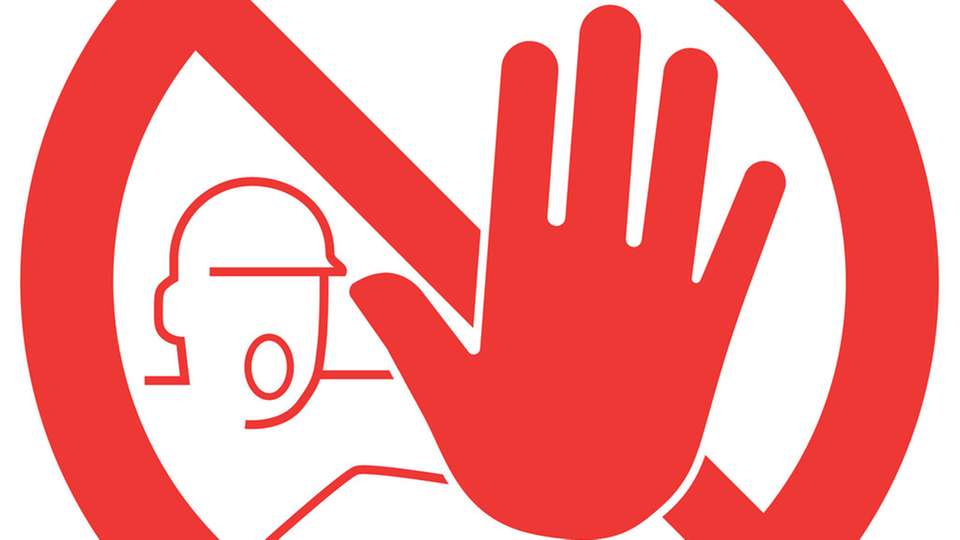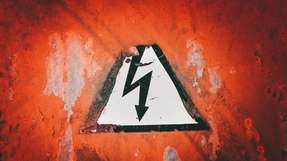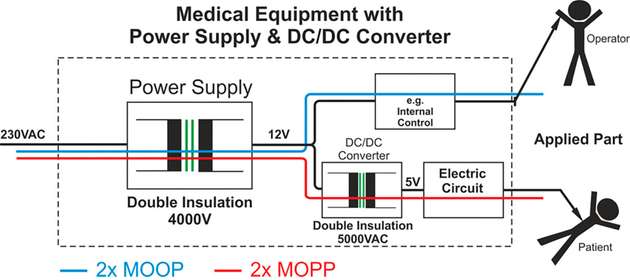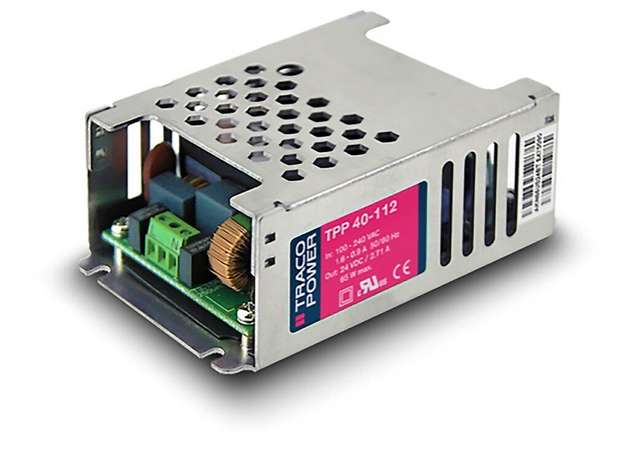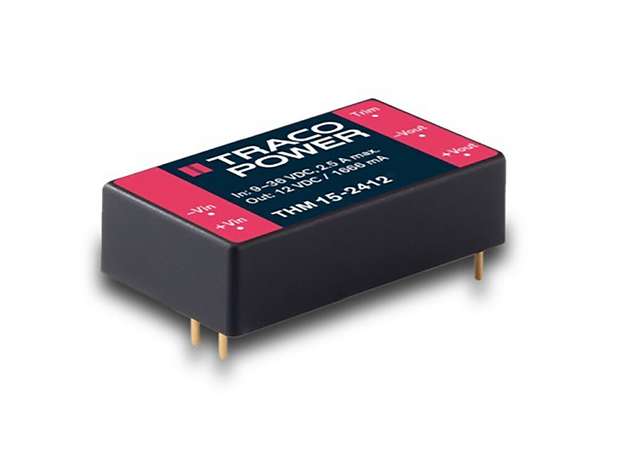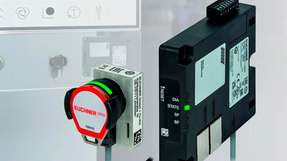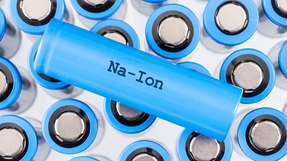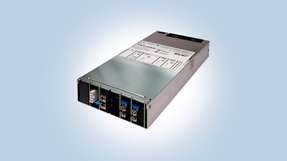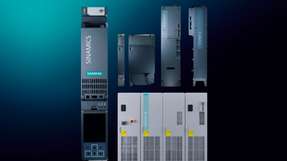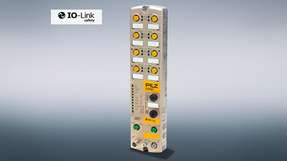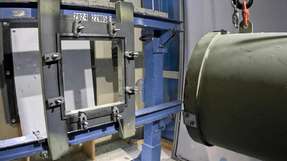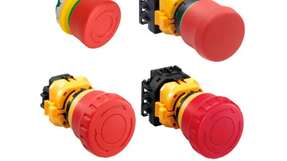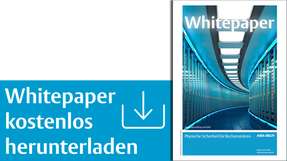Central to the standards regime is IEC 60601, which is comprised of a suite of requirements specifically for the electrical and electronic equipment used in healthcare. Originally published some 40 years ago, IEC 60601 has kept pace with industry changes.
In this technical article we examine some of the key principles of IEC 60601 as they relate to implementation of the power supply, as well as some of the new requirements, such as the need for risk assessment. Additionally, practical ways for achieving compliance will be reviewed, such as the support that is available for medical device manufacturers.
Introduction
One of the key safety concerns with respect to medical devices is that the patient is often electrically connected to the device. One example of this is the conductive pads of an electrocardiograph. In IEC 60601 these are defined as ‘applied parts’ (AP) and are an important definition within the standard when defining a medical product’s overall requirements.
Medical devices must incorporate at least one Means of Protection (MOP) to ensure that both the patient, if connected via an AP, and operator are protected from the risks of electric shock, even under fault conditions. A MOP can be achieved through safety insulation, a protective earth, a defined creepage distance, an air gap, other protective impedances, or by implementing a combination of these techniques.
In the standard, operators and patients are treated differently, resulting in the classifications ‘Means of Operator Protection’ (MOOP) and ‘Means of Patient Protection’ (MOPP). One reason for this difference it that the patient may be physically connected via an AP and unconscious when the fault occurs. Because of this risk, the MOPP requirements are the more stringent of the two. Each term is defined in terms of an isolation voltage, creepage distance, and insulation level.
Evolving standards
IEC 60601 has evolved since first being published almost 40 years ago. As power supplies and modules are not medical devices in their own right, the standards do not apply to them directly. However, medical device manufacturers would not be able to achieve standards compliance without power solutions that have been designed with medical applications in mind.
Up until recently, it could be assumed that medical devices would be exclusively used in dedicated medical facilities, such as hospitals and clinics. Such institutions provided dedicated clean power for use by their most sensitive medical devices. Nowadays, patients are demanding convenience and resource-constrained medical facilities mean that medical devices are increasingly being used in the home. Here issues such as electromagnetic compatibility (EMC) are of increased importance due to the prevalence of technologies such as Bluetooth and Wi-Fi. Because of this, the latest version of the standard (4th edition) has changed the testing procedures and acceptance levels for EMC.
Another significant introduction has been the requirement to conduct risk assessment according to ISO 14971. Risk management is seen as a key component in demonstrating regulatory compliance for medical devices and ISO 14971 defines best practices for all stages of a medical device’s life cycle.
The Medical Device Directive further adds to the compliance burden, requiring manufacturers to implement a Quality Management System (QMS) that is compliant with ISO 13485. The primary requirement is for an organisation (such as a power supply manufacturer) to be able to demonstrate in detail their ability to meet both customer and regulatory requirements on a consistent basis.
2 x MOPP rated DC/DC converters
The typical approach toward achieving IEC 60601 compliance is to use an AC/DC power supply that is approved for medical use. However, BF rated applications also require the AP instrument to meet the 2 x MOPP rating. Many of the medical approved AC/DC power supplies on the market today do not have a 2 x MOPP rating and are not appropriate as a stand-alone power solution for applications where BF compliance is required. In these cases, an IEC 60601 approved, 2 x MOPP rated DC/DC converter will support BF compliance for the AP. Another common example are medical appliances that implement a battery back-up capability and must fulfil the 2 x MOPP rating during AC failure.
Medical appliances often require various DC voltages driving the AP instrument that are different to the main system DC voltage provided. In order to avoid sourcing a custom AC/DC power supplies, this can be resolved by combining IEC 60601, 2 x MOPP rated DC/DC converters together with, for example, an ITE 60950 rated AC/DC power supply. Other times, engineering confidence is simply raised through the assurance of using 2 x MOPP, medical grade DC/DC converters for the AP instrument, even when the selected AC/DC power supply has IEC 60601 approval.
The primary requirements for 2 x MOPP are 4000 V AC isolation, 8 mm creepage distance and double insulation. Most commonly available DC/DC converters (including those that carry EN60950 approval) offer between 500 V DC to around 1600 V DC of isolation and are, therefore, not suitable for medical applications. However, specialised DC/DC converters are available that will meet the requirements for AP when used in conjunction with such standard off-the-shelf power supplies.
By providing up to 5000 V AC of isolation, double insulation and 8 mm of creepage distance through its galvanically-isolating transformer, a DC/DC converter can still protect the patient in the event of a failure of the main AC/DC power supply, thereby avoiding mains voltage levels appearing at any patient AP points.
Medical safe power solutions
At the heart of Traco’s approach to delivering world-class power solutions for the medical industry is their transformer technology. Developed and honed over a long period their unique approach ensures the required separation and isolation, while achieving sufficient coupling to allow the DC/DC converter to operate efficiently. A low coupling capacitance between the primary and secondary transformer windings is an important aspect of the protection implementation. Values around 10 to 15pF ensure that there is negligible transfer of current across the isolation barrier, this ensures patient protection according to the IEC 60601 standard.
Traco also implement their QMS in accordance with ISO 13485, which covers both their design and manufacturing processes. Additionally, further practices over and above the requirements of the standards that ensure high levels of quality and safety within their products.
Industrial-grade components are selected and sourced to ensure the ruggedness of the final product. As a result, devices intended for use in IT equipment are precluded by internal Traco policies. Workmanship is guaranteed through compliance with the international standard IPC-A-610 where Traco operate at level 3, the highest level of workmanship. Combined, these measures enable Traco to offer product warranties of up to five years.
As a manufacturer of power solutions, rather than medical devices, Traco is not required to provide risk assessment data. However, Traco is compliant with ISO 14971 and provides risk assessment files covering crucial areas such as insulation breakdown, use while inverted, effects of fan failure, flammability, mechanical shock and more to their customers. The provision of this data contributes to the risk assessment of their customer’s final medical products, saving them both time and expense during the whole design process.
Summary
The healthcare market is growing and changing rapidly and the applicable standards, such as IEC 60601, are constantly evolving to keep pace. Medical device manufacturers are ultimately responsible for ensuring the safety of patients and operators of their product. However, by partnering with experienced power supply suppliers, the challenges and risks can be significantly reduced. By leveraging Traco’s team, such manufacturers gain access to high quality, reliable and safe products, along with comprehensive and knowledgeable support.




